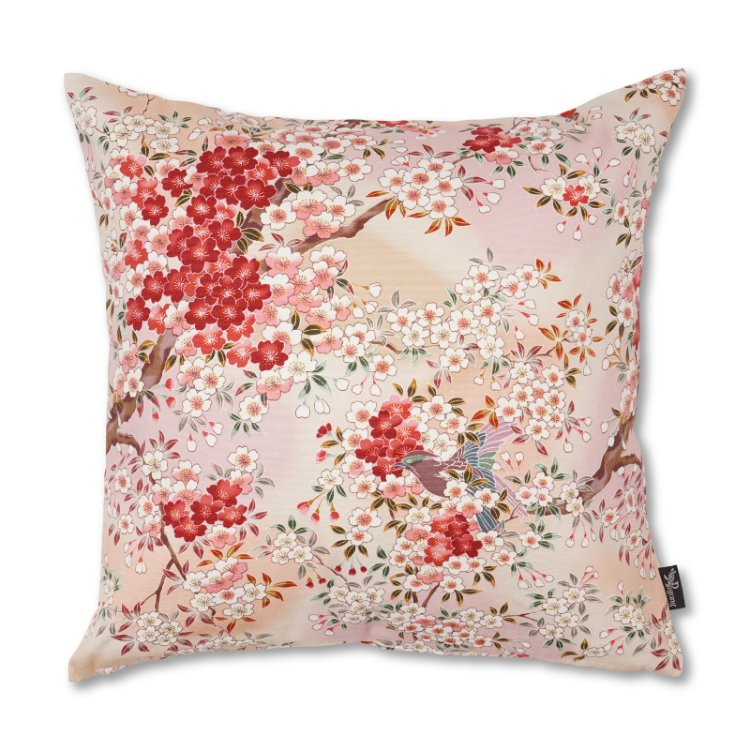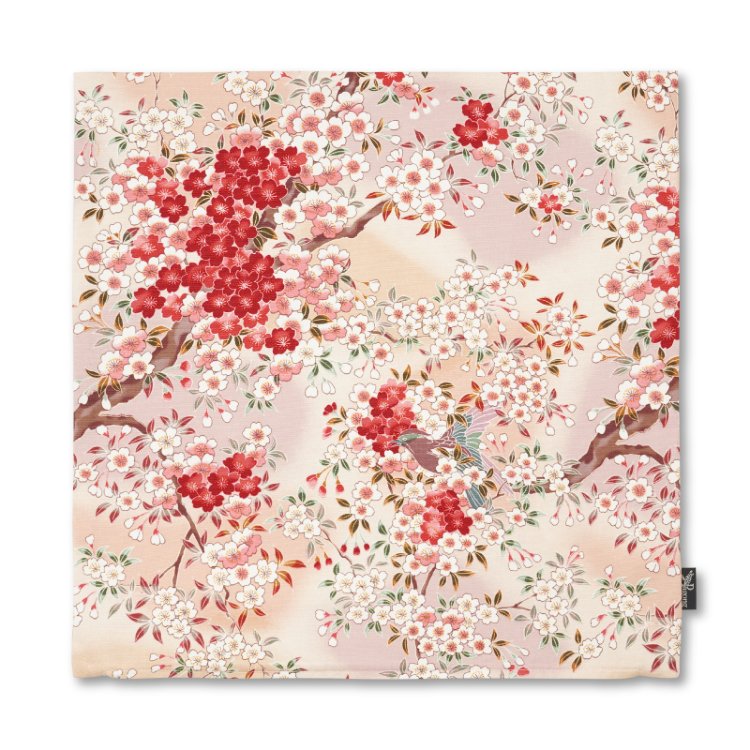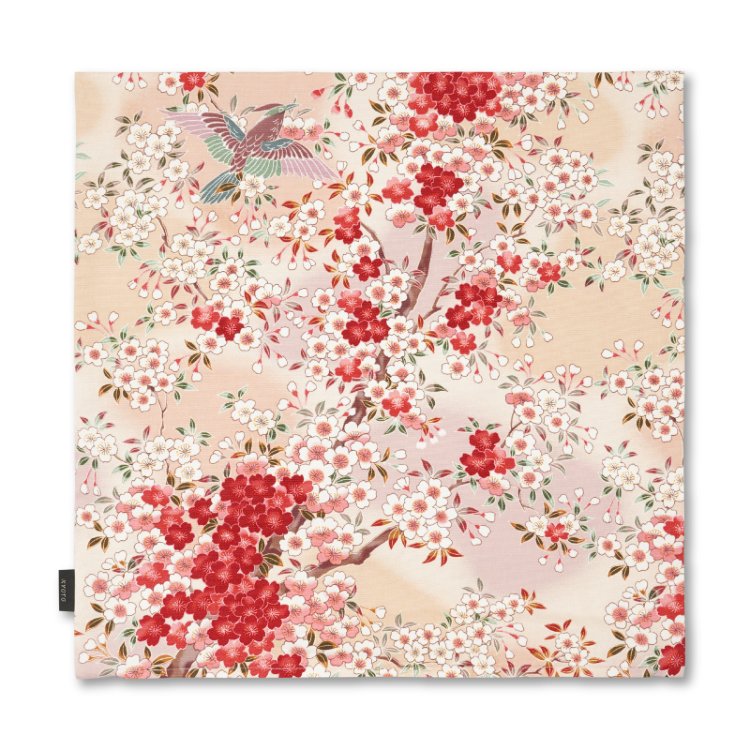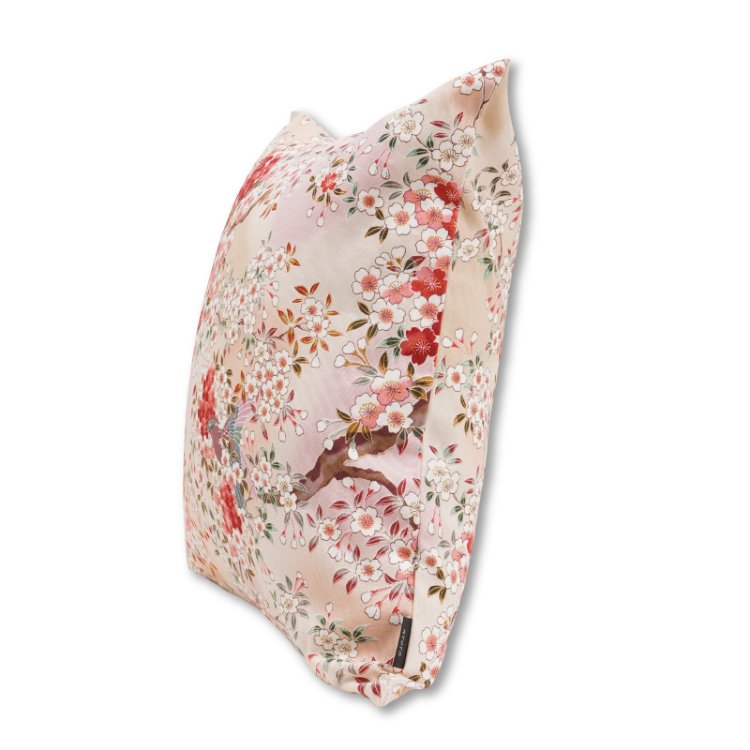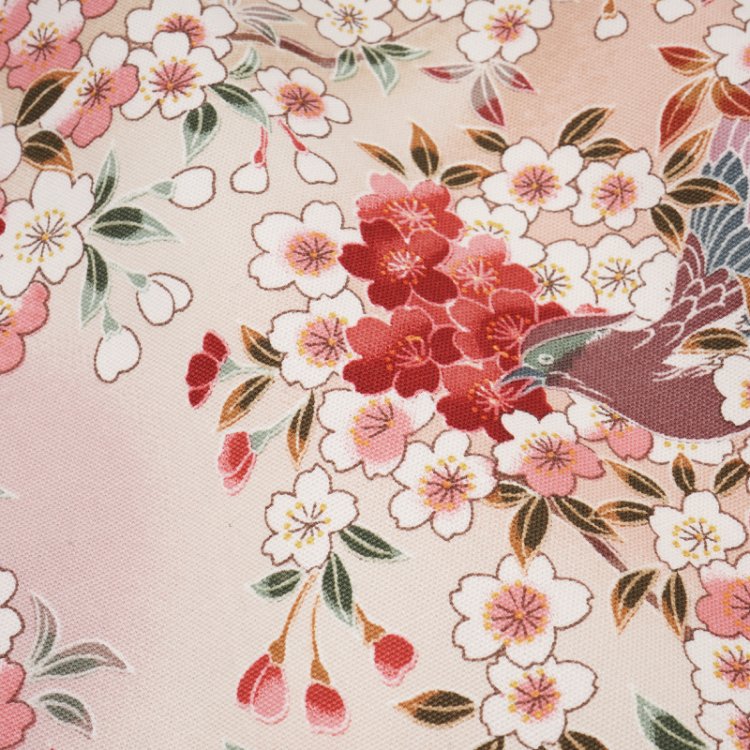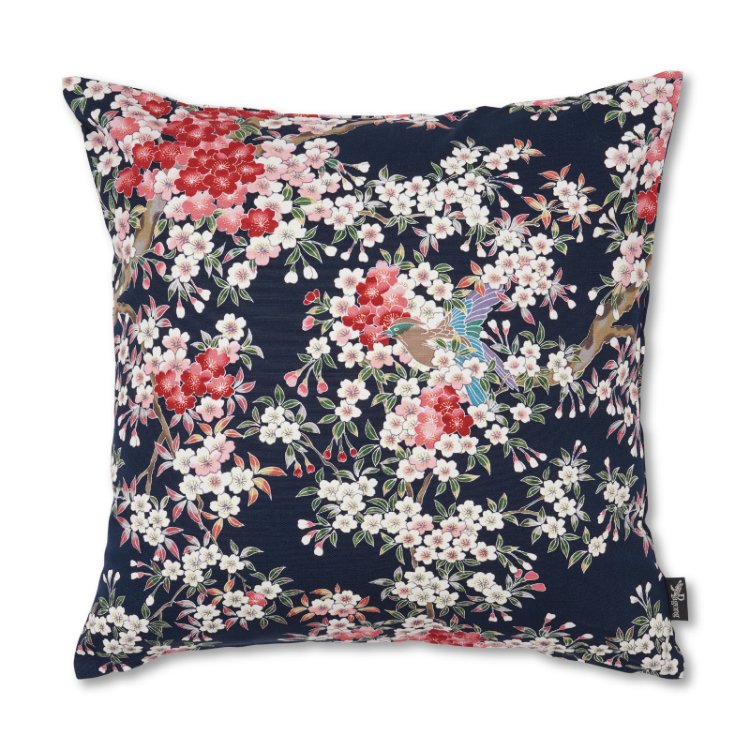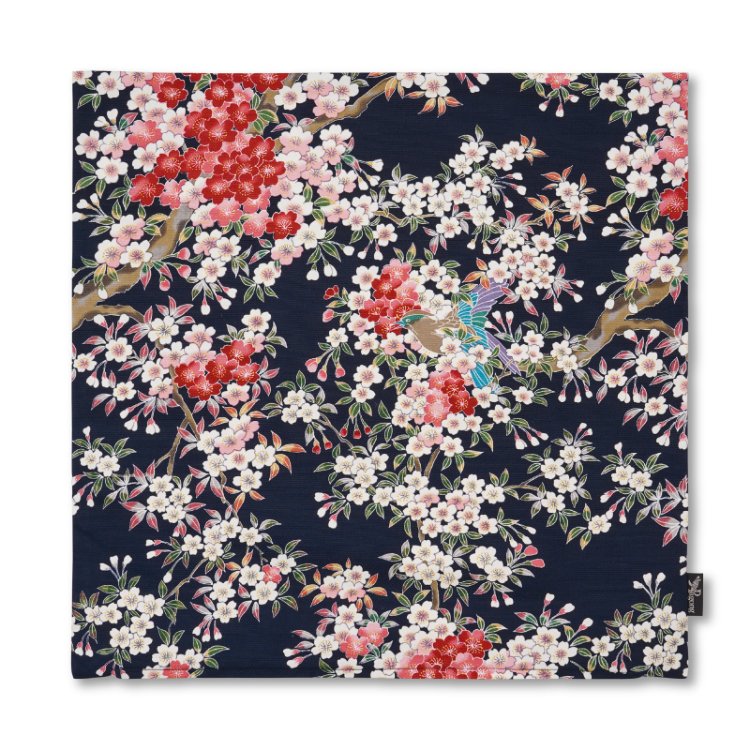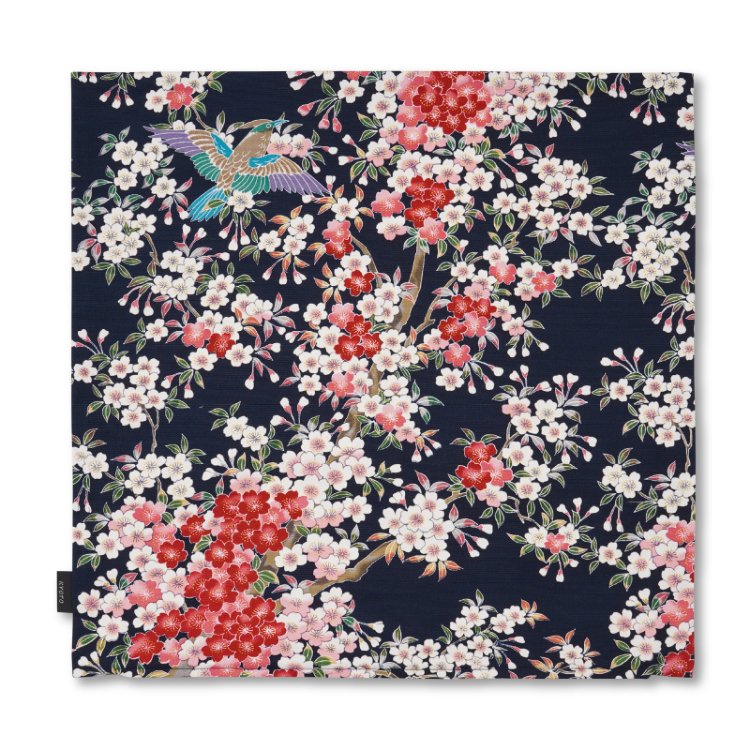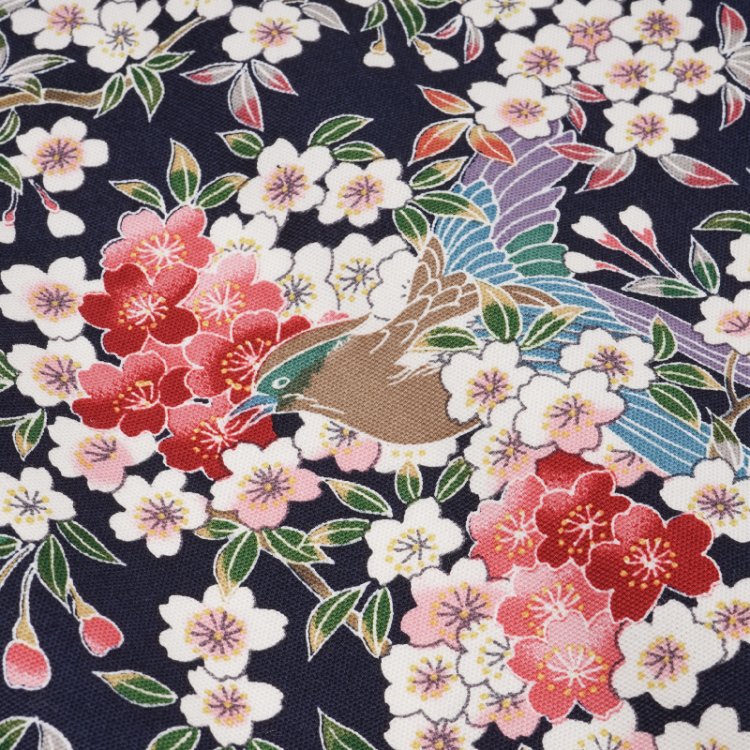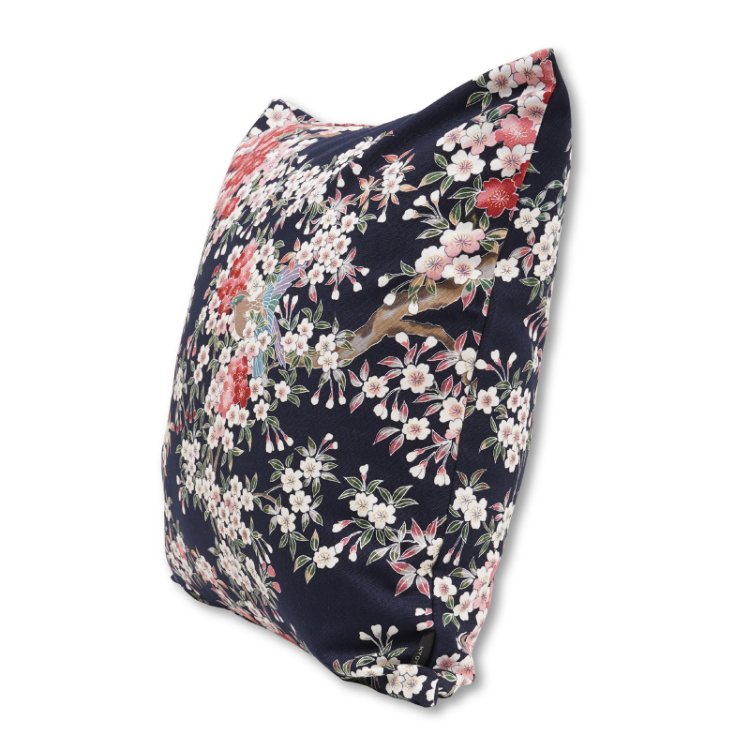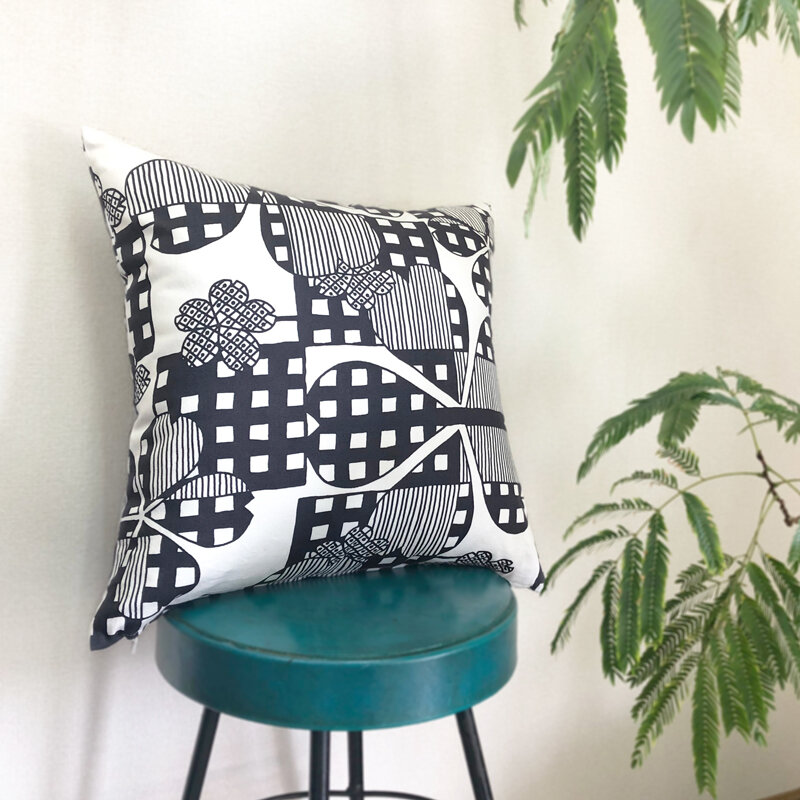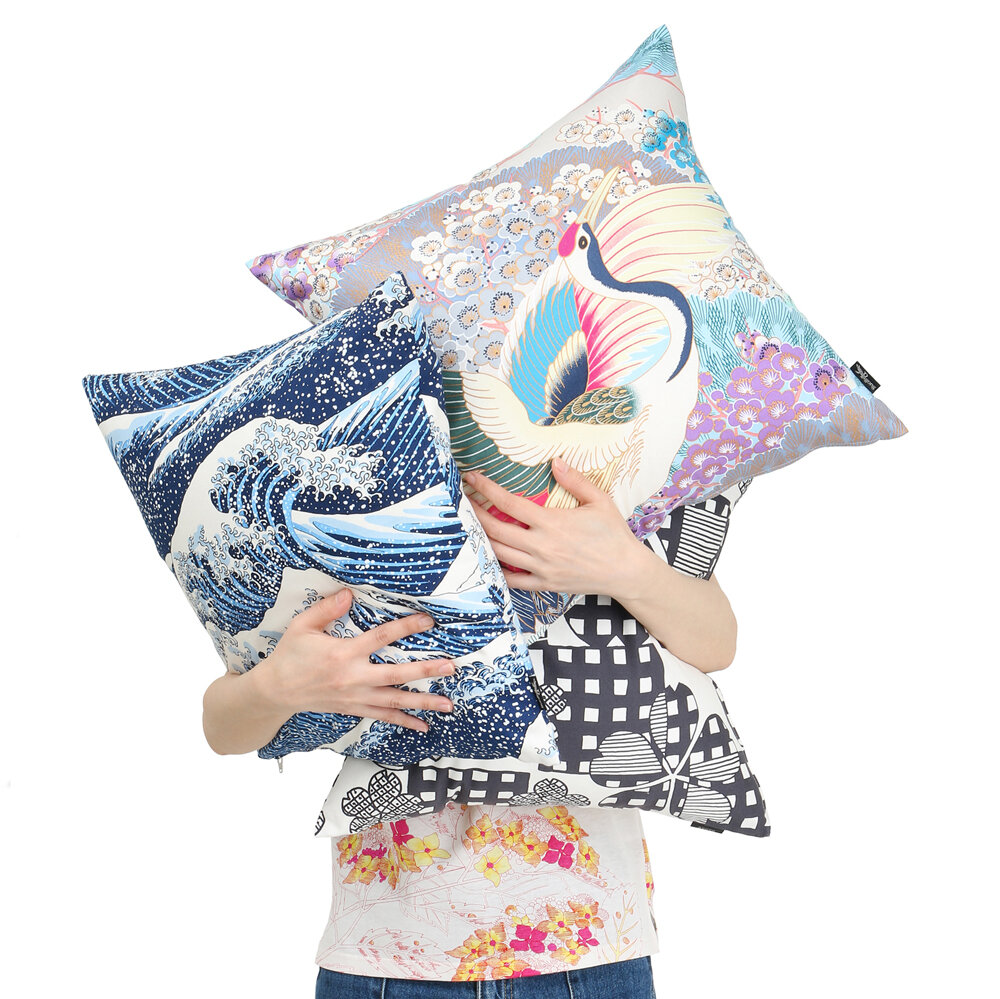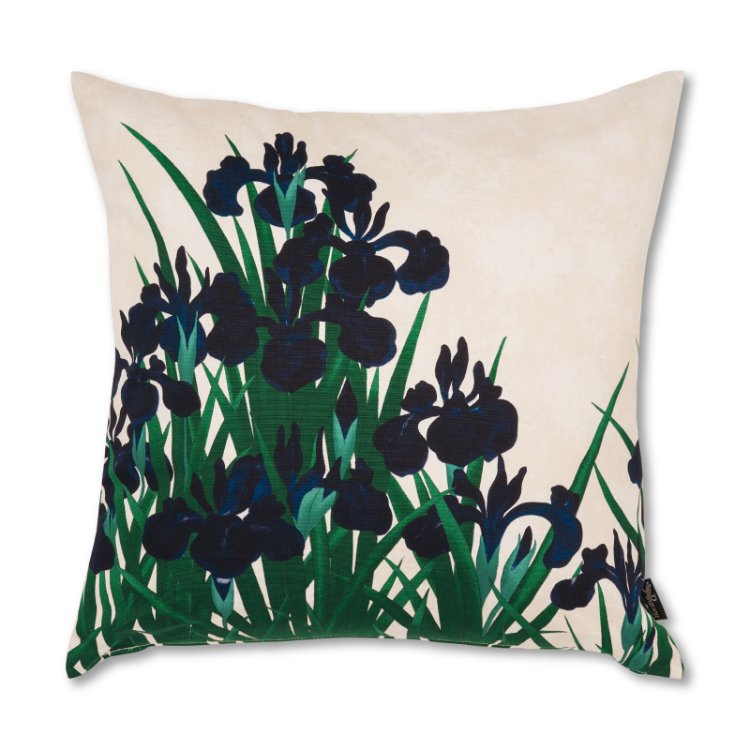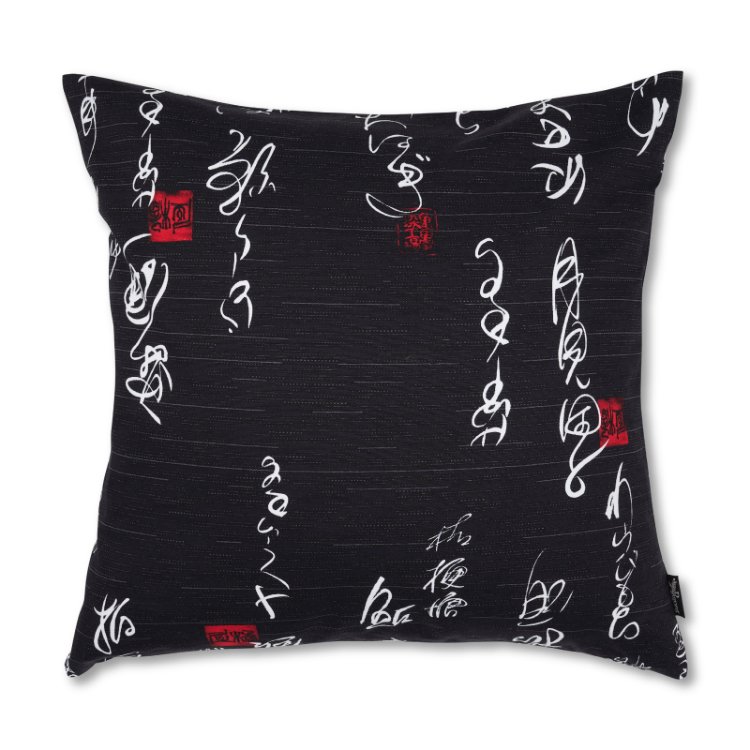Cushion Cover - "JAKUCHU ITO"
Japanese name/ 鶏図押絵貼屏風 (Niwatorizu Oshiebari Byoubu)
-About-
Jakuchū Ito, (March 2, 1716 to October 27, 1800) was raised in the Nishiki area of Kyoto during the “golden age of art” of the Edo era, before Japan opened its doors to the outside world.
Jakuchu was self-taught, and passionate about painting from childhood. A student of Buddhism at the Shokoku-ji zen monastery, he devoted himself to the art of painting, taking inspiration from classic Chinese paintings from the Yuan and Ming dynasties.
With nature as his teacher, he also began making thorough sketches of all natural phenomena, eventually establishing his own style of painting flowers, fish, and birds, especially fowl, which he used to keep at his home in order to observe them closely, and show their true nature in a style characteristic of Jakuchu.
At Pagong, in celebration of the 300th anniversary of the birth of Jakuchu Ito, we wish to breathe new freshness into this masterpiece with the use of a kimono dyeing technique called Kyo-Yuzen.
~A collaboration with the Hosomi Museum, Kyoto.
・100% Premium Cotton
・Made in Japan
・Size: 17.7 x 17.7 (inches)
・Please note : Inner cushion is not included.
・Currency : US Dollar (USD)
Japanese name/ 鶏図押絵貼屏風 (Niwatorizu Oshiebari Byoubu)
-About-
Jakuchū Ito, (March 2, 1716 to October 27, 1800) was raised in the Nishiki area of Kyoto during the “golden age of art” of the Edo era, before Japan opened its doors to the outside world.
Jakuchu was self-taught, and passionate about painting from childhood. A student of Buddhism at the Shokoku-ji zen monastery, he devoted himself to the art of painting, taking inspiration from classic Chinese paintings from the Yuan and Ming dynasties.
With nature as his teacher, he also began making thorough sketches of all natural phenomena, eventually establishing his own style of painting flowers, fish, and birds, especially fowl, which he used to keep at his home in order to observe them closely, and show their true nature in a style characteristic of Jakuchu.
At Pagong, in celebration of the 300th anniversary of the birth of Jakuchu Ito, we wish to breathe new freshness into this masterpiece with the use of a kimono dyeing technique called Kyo-Yuzen.
~A collaboration with the Hosomi Museum, Kyoto.
・100% Premium Cotton
・Made in Japan
・Size: 17.7 x 17.7 (inches)
・Please note : Inner cushion is not included.
・Currency : US Dollar (USD)
Japanese name/ 鶏図押絵貼屏風 (Niwatorizu Oshiebari Byoubu)
-About-
Jakuchū Ito, (March 2, 1716 to October 27, 1800) was raised in the Nishiki area of Kyoto during the “golden age of art” of the Edo era, before Japan opened its doors to the outside world.
Jakuchu was self-taught, and passionate about painting from childhood. A student of Buddhism at the Shokoku-ji zen monastery, he devoted himself to the art of painting, taking inspiration from classic Chinese paintings from the Yuan and Ming dynasties.
With nature as his teacher, he also began making thorough sketches of all natural phenomena, eventually establishing his own style of painting flowers, fish, and birds, especially fowl, which he used to keep at his home in order to observe them closely, and show their true nature in a style characteristic of Jakuchu.
At Pagong, in celebration of the 300th anniversary of the birth of Jakuchu Ito, we wish to breathe new freshness into this masterpiece with the use of a kimono dyeing technique called Kyo-Yuzen.
~A collaboration with the Hosomi Museum, Kyoto.
・100% Premium Cotton
・Made in Japan
・Size: 17.7 x 17.7 (inches)
・Please note : Inner cushion is not included.
・Currency : US Dollar (USD)






